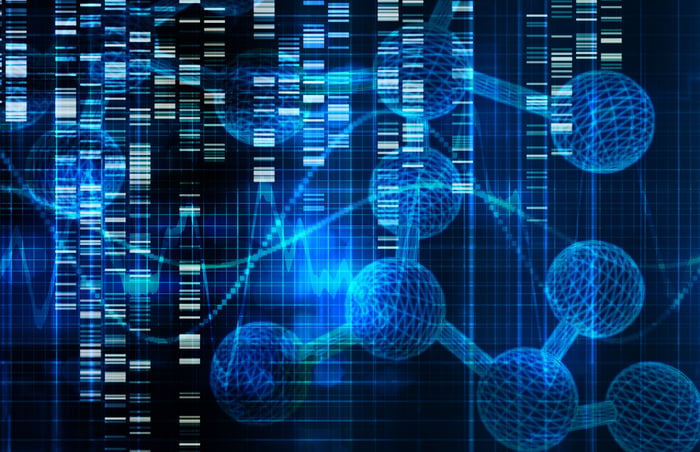Normalize data To be able to analyze them optimally and with the cleanest data possible, is essential for the performance and growth of a business. In this post we are going to talk about some of the steps that must be taken to achieve it..

Real world data and data in its early stages is often dirty. May be incomplete, inconsistent and full of errors. One of the most successful ways to protect concise data for analysis is to normalize and pre-process it.
Data processing comprises four techniques that, if used correctly, result in beautifully transformed data.
Data pre-processing techniques
The data processing techniques are the following:
- Data cleansing– Data cleansing removes noise and resolves data inconsistencies.
- Data integration– With data integration, data is migrated from multiple sources to a consistent source, as a data warehouse.
- Data transformation– Data transformation is used to normalize data of any type.
- Data decrease– Shrinking data reduces the size of data by adding it.
All of these techniques can work together or individually to create a robust data set... A big part of data preprocessing is the transformation aspect. When it comes to raw data, you never know what you will get. Therefore, Normalizing the data through the transformation procedure is one of the fastest and most efficient ways to achieve your end goal of clean and usable data...
The rise of ETL
In recent years, extract, transform and load (ETL) has quickly become one of the most efficient ways to migrate large and small data sets from source to a data warehouse. Companies are rapidly implementing this procedure because it enables them to consult their data.. With ETL, users can migrate large amounts of data They come from a range of different systems. As an example, if I want to see the data of a client, based on data warehouse design, you can use a single query to get the customer's personal information, purchase and order history and billing information. All of this comes in handy when trying to track an order., but the delivery processes of this transformed and standardized data are also vital for the ETL procedure.
The entire ETL procedure is very comprehensive and encompasses a range of capabilities to normalize data. And what is more, Even though this procedure can only deliver clean data, combining this procedure with standardization further guarantees data quality..
What is data normalization?
Data normalization is a technique applied to a data set to reduce its redundancy. The main goal of this technique is to associate similar shapes to the same data in a single data shape. This is, in a way, taking specific data like “Number”, “On one.”, “No.”, “WOMEN” O “#” and normalizing them to “Number” in all cases.
How normalization works
The technique can be used in two ways. First, takes similar data and classifies it in its first normal form, second normal form and third normal form, the first normal form being the closest association of the data form and the remaining two forms least closely associated.
The another way to use normalization is by taking an attribute from a dataset and reducing it to a small specific range. Even though this can be achieved in many different ways, exist three main ways:
- Standardization Min MAX
- Standardization Z score
- Standardized by decimal scale
Given the ETL tools like Informatica already have most of the data processing techniques mentioned above, such as data migration and transformation., this makes following these data cleansing practices much more convenient. At the same time, such ETL tools Allow users to specify the types of transformations they want to perform on their data.. These tools also provides users with a graphical user interface in which they can write custom code or use precompiled aggregate functions.
Data preprocessing through the data normalization technique, together with ETL, are the most accurate ways to have clean and fast data, which would be the most useful for analytics.






